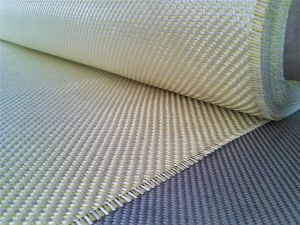Everything You Should Know About Centipedes

Centipedes are commonly observed in houses. They have various legs and a lengthy abdomen, which is a highly disgusting scene. They can be observed in areas like the basement, pantries, or other dark and moist house locations. If centipedes are threatened or faced with any disturbance, they run away. They may appear slightly scary.
If you are noticing the presence of centipedes in your house, it is suggested to hire San Antonio pest control services. They help in the proper management of pests present in your house.
Centipedes – An overview
There are generally around 3000 kinds of centipedes present in the world. The biggest centipede is known as Scolopendra Gigantea. It is around a foot in length. Centipedes are known for biting and editing poison. Commonly observed centipedes include house centipedes. Their legs are considered in pairs. These are invertebrates that are from the arthropod family. They have exoskeletons that molt with time. Their body is segmented with various pairs of jointed appendages. Additionally, the scientific notation of house centipedes is Scutigera coleoptrata centipedes. They are from the Chilopoda class.
Identification of centipede
There are various kinds of Centipedes. However, you are most likely to see house centipedes. These kinds of centipedes tend to have flat bodies with segments and different pairs of legs that are long. Their bodies are around an inch in terms of length. They appear light brownish with a vertically striped body of three bands. The spindly legs give them a larger appearance than their actual ones. Some centipedes tend to have legs twice the length of their whole body. They also have Antennae that are joined which leads to confusion among people. A lot of people mistake them for legs.
The number of legs present in centipedes depends upon the kind of centipede. Every species of centipede tend to have different attributes involving the number of legs. A lot of varieties have legs that are more than 300. The general house centipede is known to have about 30 legs. Often, people mistake the long antennae for legs as well.
Centipedes and poison
Centipedes tend to be poisonous. They are carnivorous insects that consume smaller pests, like carpet beetles, silverfish, and cockroaches. The consumption process involves biting down these insects and secretion of poison by centipedes which leads to paralysis Among The insects.
Get professional help!
Eliminating centipedes through DIY methods may not work all the time. This is why it is advisable to speak to a pest control professional who can provide a proper plan to eliminate centipedes.








